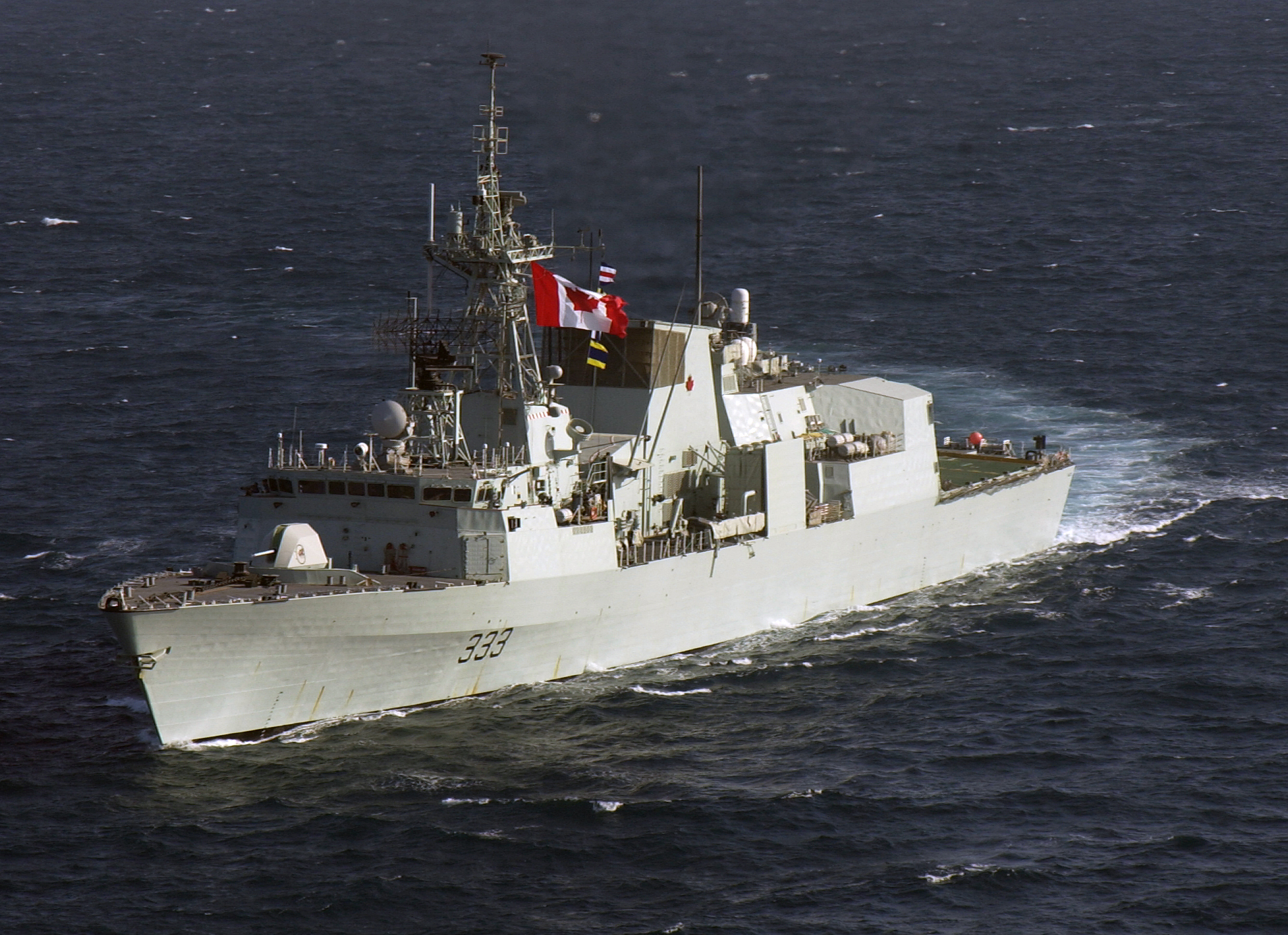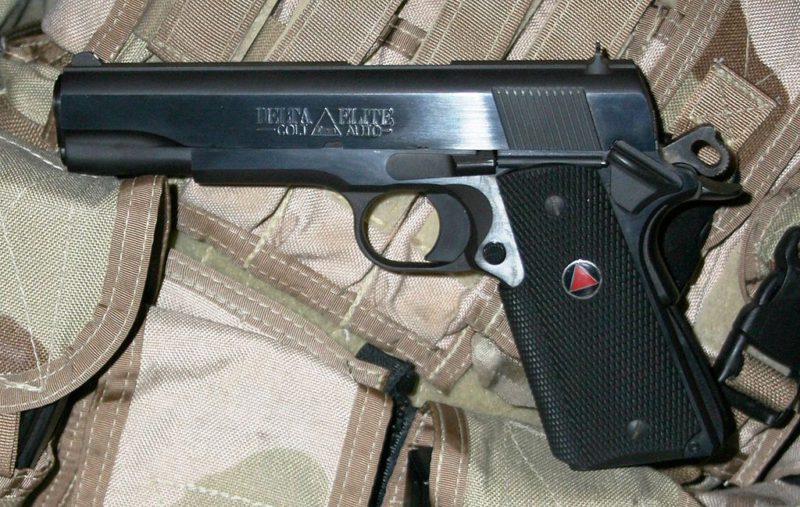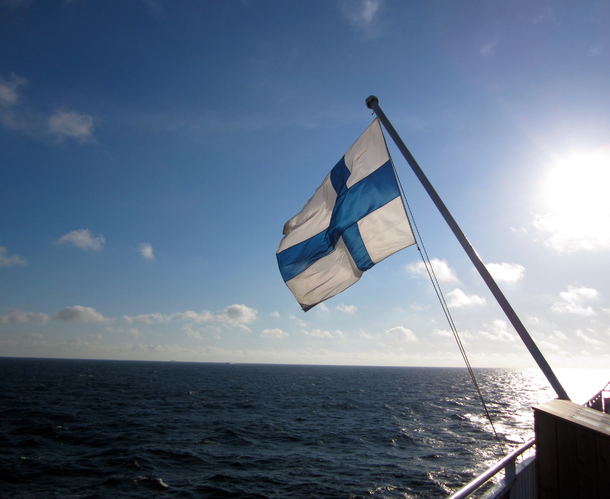While the Canadian Forces continues to assist in the training and development of the Afghan national security forces, Canada is making another important contribution to peace and security in Afghanistan – on the high seas. Though Afghanistan is certainly a landlocked country, opium produced there is trafficked widely by organized crime elements, oftentimes by sea. To combat this drug trade and deny a potential source of revenue for terrorist groups, Combined Task Force 150 was deployed to patrol the Arabian Sea, the Gulf of Oman, and elsewhere.
[captionpix align=”left” theme=”elegant” width=”300″ imgsrc=”http://natoassociation.ca/wp-content/uploads/2013/11/HMCS_Toronto_1.jpg” captiontext=”The HMCS Toronto”]
Though this international maritime force is also intended to engage in counter-piracy and counter-terrorism operations as necessary, the crew of the HMCS Toronto has enjoyed particular success in the interdiction of drug smugglers. This Halifax-class frigate joined the task force in January 2013 and is expected to remain deployed until the end of October. It made headlines at home in Canada when the vessel intercepted a suspicious ship on the Arabian Sea in early October, discovering and destroying more than 180 kilograms of heroin.
But this was not the first time the HMCS Toronto intercepted such a significant shipment of illicit narcotics on this deployment. In June, a shipment consisting of 6 tonnes of hashish was intercepted by the HMCS Toronto without incident. In May, a vessel was intercepted and found to be carrying approximately 315 kilograms of heroin and an undisclosed quantity of hashish. As staggering as that quantity was, the HMCS Toronto’s largest bust surpassed even this; in March, a shipment of nearly 500 kilograms of heroin was recovered, representing the largest quantity of heroin intercepted in the history of Canada’s maritime forces. In total, HMCS Toronto has been responsible for the capture of roughly 7.5 tonnes of narcotics on this deployment alone. This constitutes a major blow to organized crime, since these narcotics would have sold for hundreds of millions on the street.
The success of the HMCS Toronto on this deployment with Combined Task Force 150 is a testament to its commanding officer and its crew, but it also represents a worrying trend in the region. Heroin derived from Afghan opium will frequently be smuggled by ship from Pakistani ports, transiting the Arabian Sea en route to Yemen or Oman. From there, the heroin can be trafficked across the porous border between Saudi Arabia and Yemen with relative ease, reaching any number of final destinations. But there are some indications that drug addiction is on the rise in both Oman and Saudi Arabia, especially among youth, providing drug traffickers with a conveniently located market. The shorter the distance the drugs travel from source to market, the fewer the opportunities to intercept the narcotics and prevent their sale.
There is some evidence to support the allegations that the demand for narcotics in Saudi Arabia has risen sharply. For example, Saudi authorities announced in August that a five-month crackdown had resulted in the arrest of 991 traffickers and the seizure of approximately $690 million worth of drugs, including heroin, hashish, amphetamine, cocaine, and other narcotics.
However, some traffickers will not settle for the Gulf states alone. The United Nations Office on Drugs and Crime (UNODC) recently reported that each year 22 tonnes of heroin is trafficked to East Africa – namely Somalia, Eritrea, and Tanzania. Though some of this is moved to other regions of Africa and onward to Europe, East Africa’s local heroin consumption is valued at $160 million a year, surpassing piracy as the preeminent source of revenue for regional organized crime. Interestingly, heroin produced from Afghan opium and exported from Pakistan is also now more pervasive in East Africa than Thai heroin, which was until recently the most widespread in the region.
HMCS Toronto has made a vital contribution on this deployment, making a major impact on narcotics trafficking and raising Canada’s international profile. But the Arabian Sea is a big body of water and the demand for heroin and hashish along that sea’s perimeter remains high. As such, there will likely be a need for Combined Task Force 150 and the naval interdiction capabilities of the Royal Canadian Navy for some time to come.




